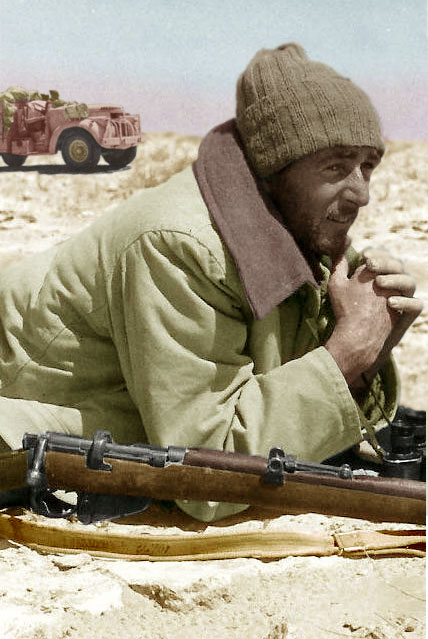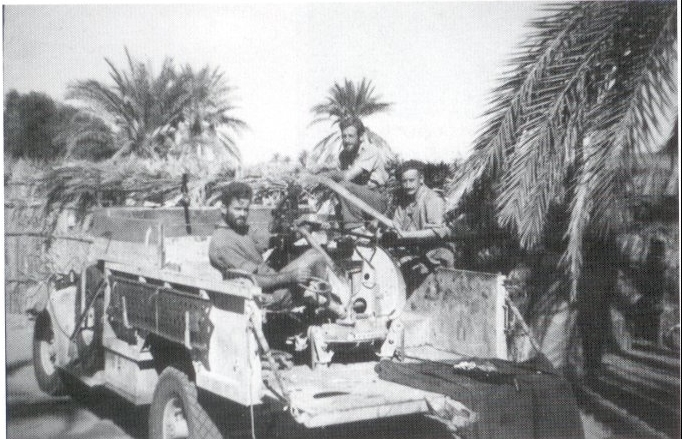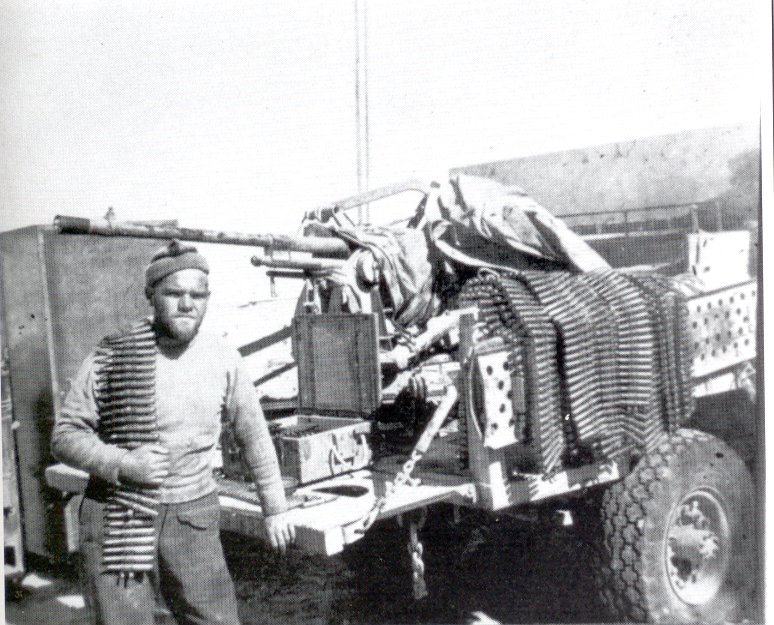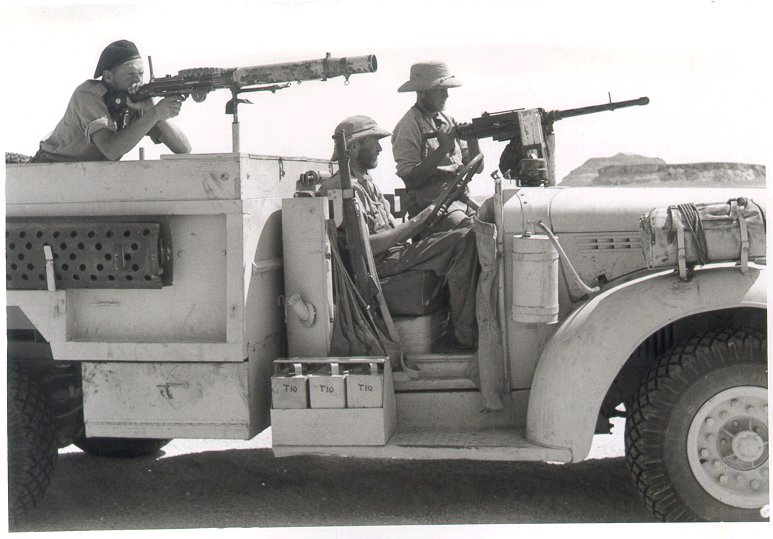

or like this...


Last edited by skyhigh on Sun Mar 31, 2013 10:26 pm; edited 1 time in total

 Re: LRDG Chevrolet 30CWT with Breda
Re: LRDG Chevrolet 30CWT with Breda




 Re: LRDG Chevrolet 30CWT with Breda
Re: LRDG Chevrolet 30CWT with Breda


 Re: LRDG Chevrolet 30CWT with Breda
Re: LRDG Chevrolet 30CWT with Breda
 Re: LRDG Chevrolet 30CWT with Breda
Re: LRDG Chevrolet 30CWT with Breda



 Colour schemes...
Colour schemes...
 Re: LRDG Chevrolet 30CWT with Breda
Re: LRDG Chevrolet 30CWT with Breda
 Re: LRDG Chevrolet 30CWT with Breda
Re: LRDG Chevrolet 30CWT with Breda
 Re: LRDG Chevrolet 30CWT with Breda
Re: LRDG Chevrolet 30CWT with Breda
 Re: LRDG Chevrolet 30CWT with Breda
Re: LRDG Chevrolet 30CWT with Bredaskyhigh wrote:Ok ok ..these are the camouflage you were talking about I think...
http://lrdg.hegewisch.net/camo.html

 Re: LRDG Chevrolet 30CWT with Breda
Re: LRDG Chevrolet 30CWT with Breda


 Re: LRDG Chevrolet 30CWT with Breda
Re: LRDG Chevrolet 30CWT with Breda

 Re: LRDG Chevrolet 30CWT with Breda
Re: LRDG Chevrolet 30CWT with Breda
 Re: LRDG Chevrolet 30CWT with Breda
Re: LRDG Chevrolet 30CWT with Breda
 Re: LRDG Chevrolet 30CWT with Breda
Re: LRDG Chevrolet 30CWT with BredaNoel Petroni wrote:.... if you don't have them ..... you should get them!!!
Noel
 memorable & historic quote
memorable & historic quote 
 Re: LRDG Chevrolet 30CWT with Breda
Re: LRDG Chevrolet 30CWT with BredaNoel Petroni wrote:I agree with what Ivan said. So don't go crazy on what has to be a perfect colour. I would follow Starmers studies on camo.... if you don't have them ..... you should get them!!!
When pink is referred to, it does not mean Barbie pink! I would imagine a subtle pastel pink. Lifecolor have this pink and I used it on my Sherman.
Noel

 Almost there....
Almost there....







 Re: LRDG Chevrolet 30CWT with Breda
Re: LRDG Chevrolet 30CWT with Breda
 Re: LRDG Chevrolet 30CWT with Breda
Re: LRDG Chevrolet 30CWT with Breda
 Re: LRDG Chevrolet 30CWT with Breda
Re: LRDG Chevrolet 30CWT with Breda
 Re: LRDG Chevrolet 30CWT with Breda
Re: LRDG Chevrolet 30CWT with Breda
 Re: LRDG Chevrolet 30CWT with Breda
Re: LRDG Chevrolet 30CWT with Breda
 Re: LRDG Chevrolet 30CWT with Breda
Re: LRDG Chevrolet 30CWT with Breda
 Re: LRDG Chevrolet 30CWT with Breda
Re: LRDG Chevrolet 30CWT with Breda
 Re: LRDG Chevrolet 30CWT with Breda
Re: LRDG Chevrolet 30CWT with Breda